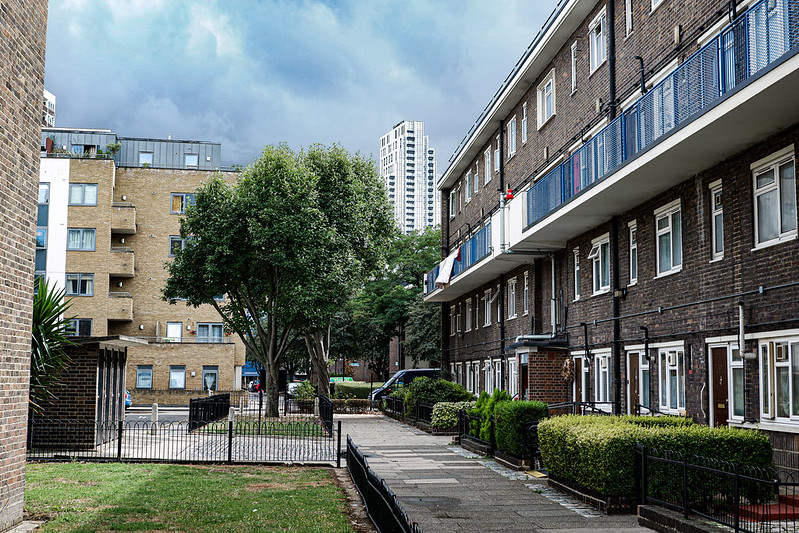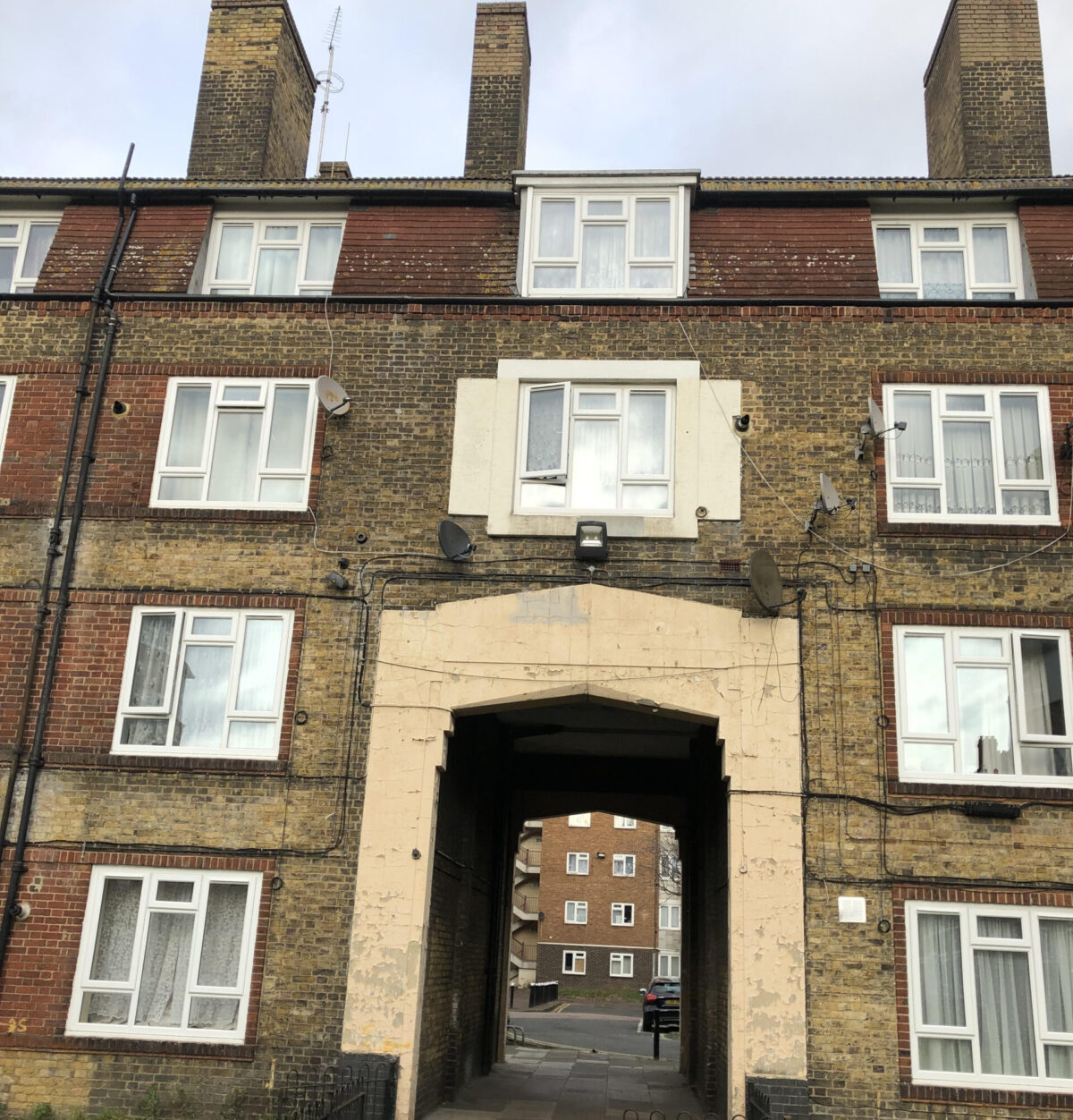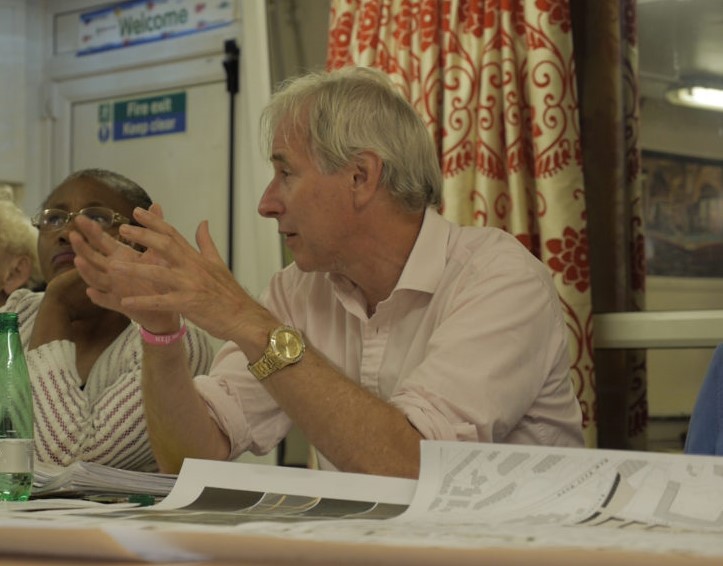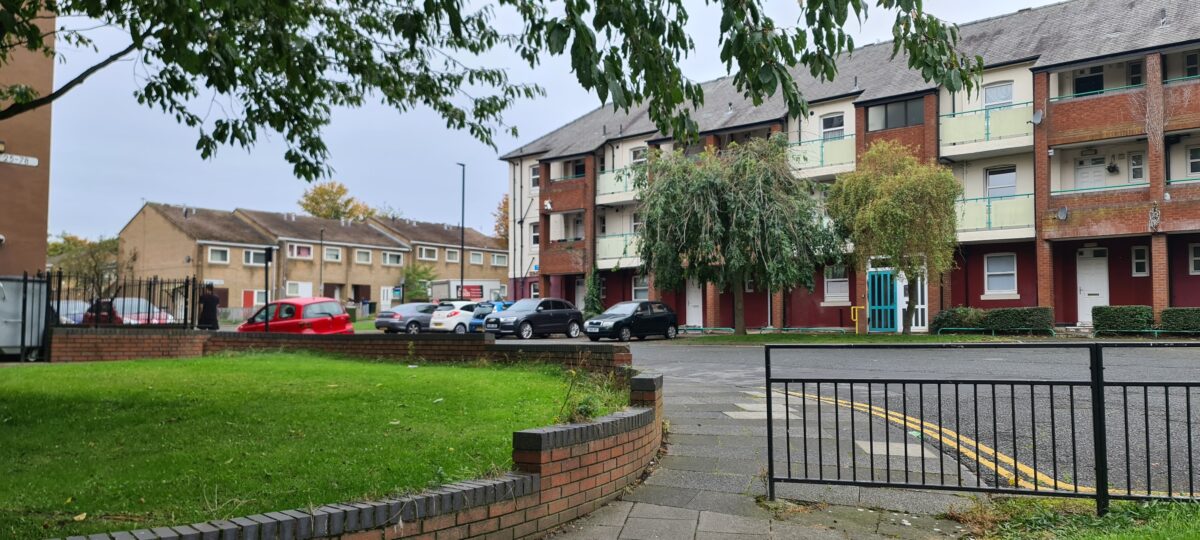Labour’s mission to ‘Get Britain building’ is off to a flying start. Within weeks of winning power, Deputy Prime Minister and Housing Minister, Angela Rayner has announced a raft of new initiatives to meet Labour’s pledge to build 1,500,000 new homes by 2029:
- Mandatory local housing targets for each Council, totalling over 370,000 new homes a year.
- Low-quality “grey belt” land in green belt areas will be prioritised for new homes with 50% of the new housing affordable.
- Essential infrastructure, such as schools, doctors’ surgeries and transport links will be provided, too.
- A new generation of New Towns will be built.
“This is only the first step – we plan to do so much more,” Rayner told Parliament.
And so much more will certainly be needed. In a recent Fabian Ideas pamphlet, ‘Brick by Brick’, Simon Graham sets out the scale of the task:
- The social housing stock has decreased by a net 21,800 homes a year over the last decade.
- There are currently 1.3 million households on council housing waiting lists, up from 1.1 million in 2018.
- In February 2024, London’s largest housing associations said they would start building just 1,769 homes in 2023/24, compared to 7,363 in 2022/23.
- Over 2 million council homes in England have been sold through the Right to Buy and, following resales, 40% of them are now owned by private landlords.
- Councils spent £1.7 billion on temporary accommodation in 2022/23, an increase of 62% since 2018.
In July 2024, a cross-party group of 20 local authorities reported that “England’s council housing system is broken and its future is in danger. New analysis from Savills shows that councils’ housing budgets will face a £2.2bn ‘black hole’ by 2028.”
Such is the parlous state of social housing finance, that in July 2024, the ‘i’ newspaper reported, “A snapshot survey of 13 major house builders found that in January each had an average of 1,000 affordable homes with detailed planning permission that were held up because they couldn’t find a purchaser for affordable homes built under s106 planning deals.” If Labour wants to deliver “the biggest increase in social and affordable housing in a generation”, as its Manifesto states, then it needs to find the cash for these 13,000 new homes.
Attlee’s post-war Government transformed the lives of many, building 1 million new homes between 1945-1951, 80% of them council houses. Conservative Housing Minister Harold Macmillan continued Labour’s example, building over 245,000 new council homes in 1953 alone.
From the 1950’s – 1970’s, the country built around 300,000 a year – half by housebuilders for sale and the other half by local councils for rent. The Government will not reach its 1,500,000 new homes target without a massive council housing building programme.
Building new council homes also benefits the economy and saves money. A Local Government Association report argues that every £1 invested in new social housing generates nearly £3 in the wider economy. Also, every new council home saves around £800 a year in Housing Benefits payments to landlords. And, because tenants pay rent, the council homes pay for themselves over time.
To achieve 370,000 new homes a year, local councils need to build at least 150,000 council homes every year. The only way in which this can be done is through every local council in the country playing a part. The maths is daunting. Building 150,000 council homes a year means building over 400 new homes a day, every day, weekends included, for the next 5 years.
So, here is a 10-point plan to deliver Labour’s mission:
- Every council should design plans for new council homes on land they own for 50% of the council’s housing target. Councils should also identify other public sector land and start discussions with the landowners.
- Using local architects, funded by the MHCLG, plans for each site should be put to local consultation to get buy-in locally.
- Where planning permission has been granted for new housing but not yet implemented, councils should discuss with landowners how to get development started, including councils funding development in return for a proportion of new social rent homes.
- Metro Mayors should work with constituent councils to coordinate the delivery of local council housing and private sector homes.
- In areas where there are no elected Mayors, regional ‘Housing Commissioners’ should be appointed by MHCLG to coordinate housing delivery.
- Each Mayor and Regional Housing Commissioner should be responsible for managing construction skills training in liaison with the CITB.
- A national Housing Commissioner should be appointed by MHCLG to oversee the delivery of the Government’s housing mission and coordinate the work of the Mayors and Regional Housing Commissioners.
- Right to Buy discounts on existing and new council properties should be reviewed and limited to, say, £1,000 for every year the applicant has been a council tenant and capped at £25,000.
- The Mayors and Regional Housing Commissioners should report monthly on the number of new housing starts and completions and construction skills trainees and graduates.
- Planning rules should be strengthened to stop the current abuse by landlords who let residential property as Airbnb-type short-term lets, taking homes out of residential use.
Finally, building the promised 1,500,000 new homes is a full-Parliament job. In Attlee’s Government, Aneurin Bevan held Minister of Housing job for five years, Harold Macmillan had the job from 1951-1954. This is Angela Rayner’s opportunity to join the ranks of those few Housing Ministers who truly made a difference.













